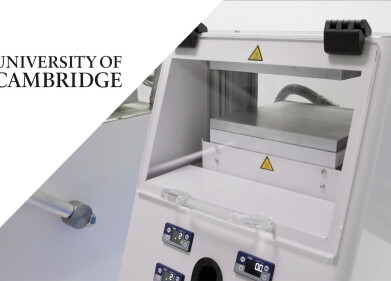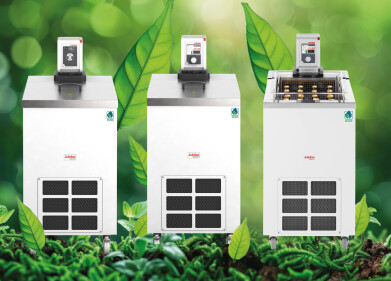Laboratory Products
Understanding the Difference between Nucleus and Mitochondrial DNA
Apr 28 2014
Deoxyribonucleic acid, better known as DNA, is our unique genetic makeup and can be used to determine our identity, our parental and ancestral lineage and can even locate us in a particular place. This has become increasingly important in interpreting evidence at crime scenes over the last recent spell of history. DNA itself was first discovered in 1869 by the Swiss doctor Friedrich Miescher. For more information on the study and development of DNA in research and investigation over the last century and a half, please read this article.
Nucleus DNA versus Mitochrondrial DNA
The two main types of DNA used in such procedures are nucleus DNA (nDNA) and mitochrondrial DNA (mtDNA).
nDNA is the famous variety, composed of two strands of 23 chromosomes in a double-helix formation. It is found inside the nucleus of a cell and controls all parts of the cell. Generally, nDNA has two copies within the cells and can be found within all types of the cells in all types of living things, apart from certain exceptions such as red blood cells.
mtDNA is located in sausage-shaped organelles called mitochrondia, and instead of having an open-ended double-helix form like nDNA, it has a closed, circular structure. Whereas nDNA only has two copies per cell, mtDNA can have literally thousands in a single cell, and these work to convert protein into energy. The more energy a cell needs, the more mitochrondia it will have; for example, they are most abundantly found in muscle cells.
What’s the Difference?
nDNA is passed sexually, which means it can be inherited from either parent. On the other hand, mtDNA is only passed from the female to her offspring. It can be inherited by males as well as females, but they will not pass it on to their own offspring. mtDNA normally does not change between generations, unlike nDNA, which is prone to rearrangement during the process of recombination. As a result, mtDNA generally has a higher rate of mutation than nDNA, which normally has a rate of around 0.3%.
What are they used for?
Because nDNA is found in almost cells, it is the most commonly-used type of DNA in forensic examinations. Though commonplace in police investigations, such work is glamorised on television and in reality is a much more complicated and time-consuming process.
However, due to its higher rate of mutations, and the fact that these are easier to track in mtDNA than nDNA, mtDNA is often used to effectively track lineage on the mother’s side. In fact, this can be done so effectively as to go back many generations and to determine a much farther-reaching ancestry than nDNA. Indeed, it can even been used to determine a person’s geographical origins (Asian, African, European etc.), and many studies have attempted to use mtDNA to determine where we are all originally descended from. It also has some properties which allow identification of a person.
For more information on the different ways and techniques in which both types of DNA are used, for example in collecting, sampling and investigating, please click here.
Digital Edition
Lab Asia 31.4 August 2024
August 2024
Chromatography Articles - HPLC gradient validation using non-invasive flowmeters Mass Spectrometry & Spectroscopy Articles - MS detection of Alzheimer’s blood-based biomarkers Labo...
View all digital editions
Events
Sep 11 2024 Bangkok, Thailand
Sep 11 2024 Bangkok, Thailand
Sep 11 2024 Singapore
Sep 18 2024 Lausanne, Switzerland
Sep 19 2024 Shanghai, China






.jpg)











